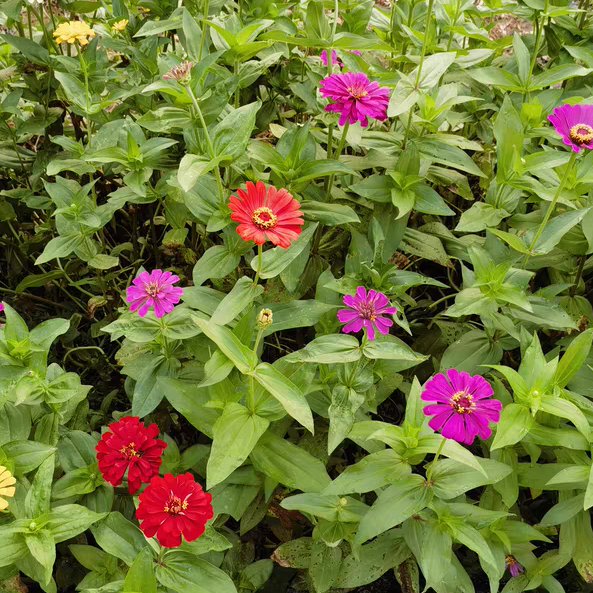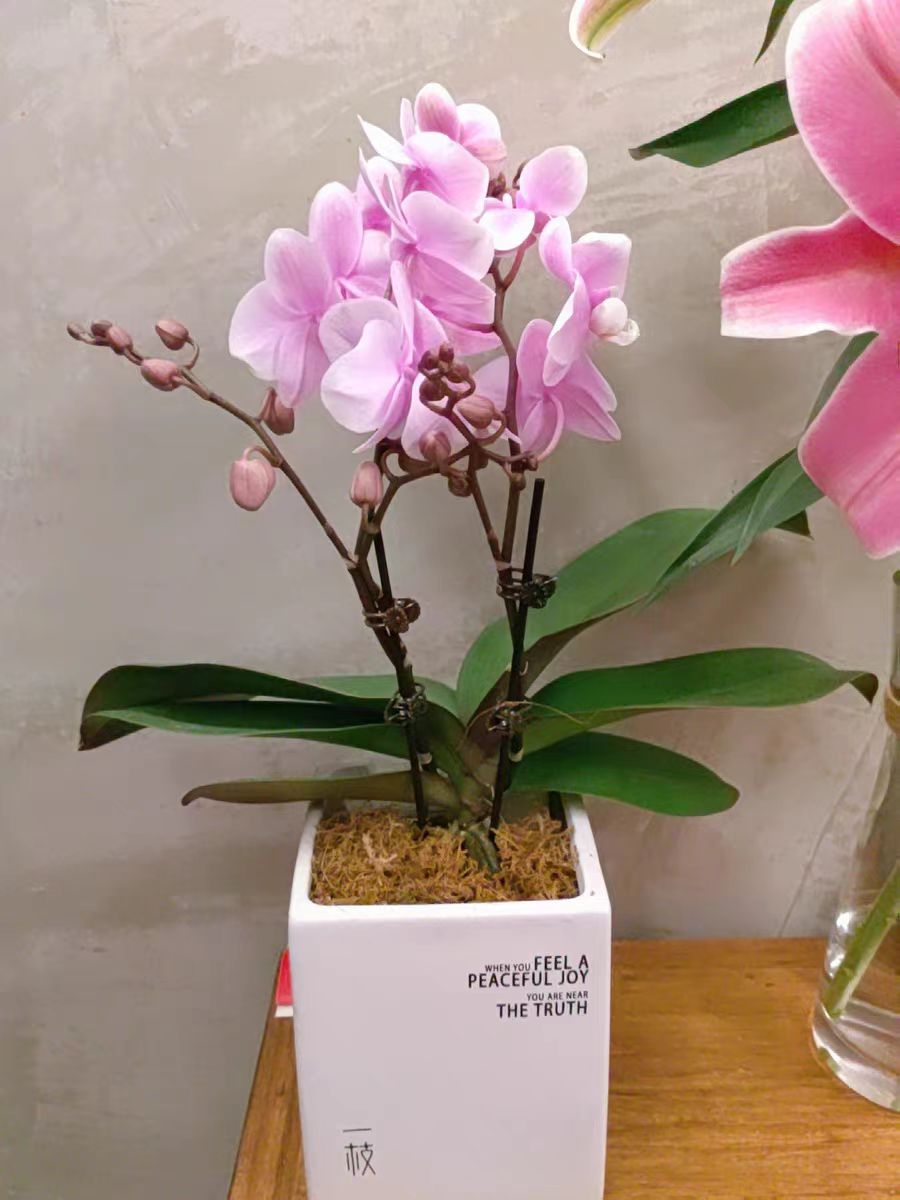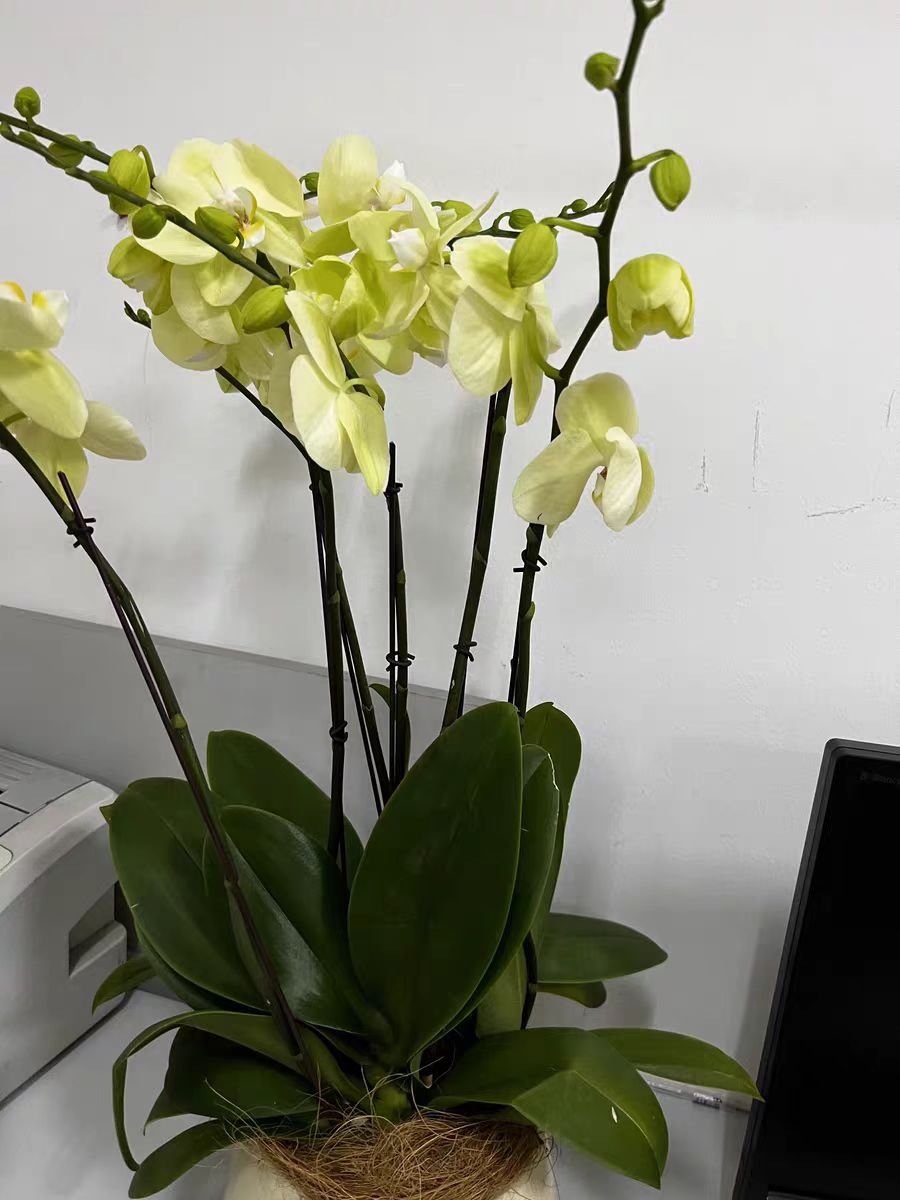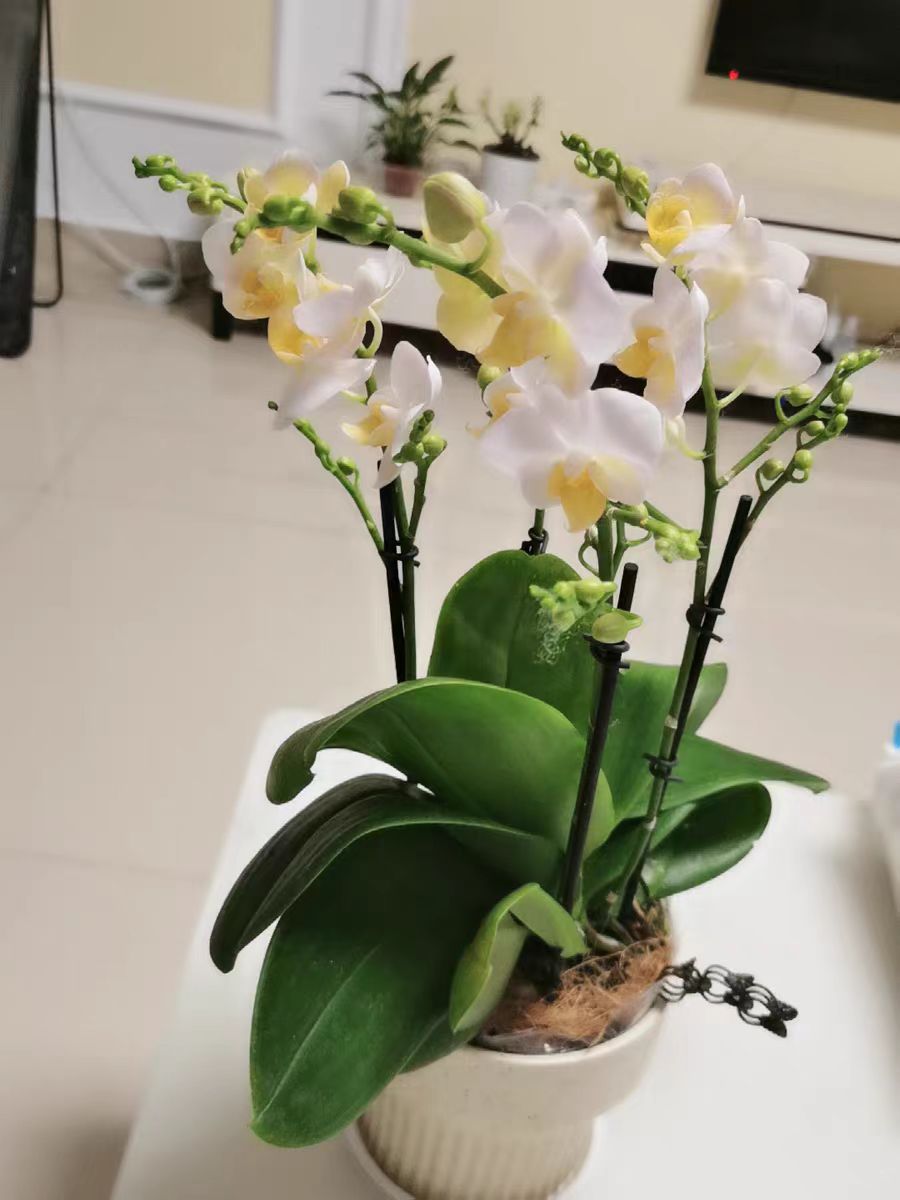Zinnia, also known as zinnia elegans, is an extremely beautiful flower. You can often see their gorgeous figures in gardens and flower beds. Today, I will introduce zinnia in detail, as well as how to plant, maintain it and the matters needing attention.
The flowers of zinnia are rich in colors, including red, pink, yellow, white and many other colors. The flower shapes are also different, some are single-petaled and some are double-petaled, which are very charming. Its flowering period is very long and can last for a hundred days, which is also the origin of its name. The plant of zinnia is relatively straight and of moderate height, which is very suitable for creating flower borders or being used as cut flowers.
How to plant zinnia:
1. Preparation work:
Choose plump zinnia seeds without pests and diseases. Select an appropriate container or prepare a flower bed according to the number of plants. Choose loose, fertile and well-drained soil. You can add an appropriate amount of humus and organic fertilizer to the soil.
2. Sowing method:
Zinnia is generally sown best from April to June in spring. At this time, the temperature is suitable, which is conducive to seed germination and growth. Evenly scatter the seeds on the soil surface, and then gently cover a thin layer of soil with a thickness of about 1 - 2 times the diameter of the seeds. Spray water gently with a watering can to keep the soil moist, but do not overwater to avoid washing away the seeds.
3. Transplanting: When the zinnia seedlings grow 2 - 3 true leaves, they can be transplanted. Carefully dig out the seedlings from the soil, try to keep the root system intact as much as possible, and then transplant them into flowerpots or flower beds. Water in time after transplanting to keep the soil moist and let the seedlings adapt to the new environment as soon as possible.
Daily maintenance of zinnia
1. Light and temperature
Light: Zinnia likes sunlight and needs at least 6 - 8 hours of direct sunlight every day. But in summer when the temperature is high, proper shading is needed to avoid leaf burns.
Temperature: The suitable growth temperature is 15 - 30℃. In winter, it needs to be kept warm to avoid the plant from being frozen.
2. Watering and fertilization
Watering: Keep the soil moist and avoid water accumulation. Adjust the watering frequency according to the weather and soil humidity. Generally, water 2 - 3 times a week.
Fertilization: During the growth period, it needs to be fertilized regularly. Apply a thin liquid fertilizer or compound fertilizer every 10 - 15 days. Avoid excessive fertilization to prevent burning the root system.
3. Pruning and shaping
Pruning: Cut off withered flowers and yellow leaves in time to promote branching and growth of the plant. Keep the plant beautiful and improve its ornamental value.
Shaping: For tall plants, insert bamboo poles or wooden sticks for support to prevent lodging.
Matters needing attention
Pest control: Regularly check the plants and prevent pests and diseases in time when they are found. Insecticides and fungicides can be sprayed, or biological control methods can be adopted.
Avoid continuous cropping: Change the planting location every year to reduce the occurrence of pests and diseases.
Reasonable close planting: Keep an appropriate planting density to avoid poor ventilation and the breeding of pests and diseases caused by overly dense plants.
The planting methods and precautions of zinnia.

Share with
Tagged in :




Leave a Reply